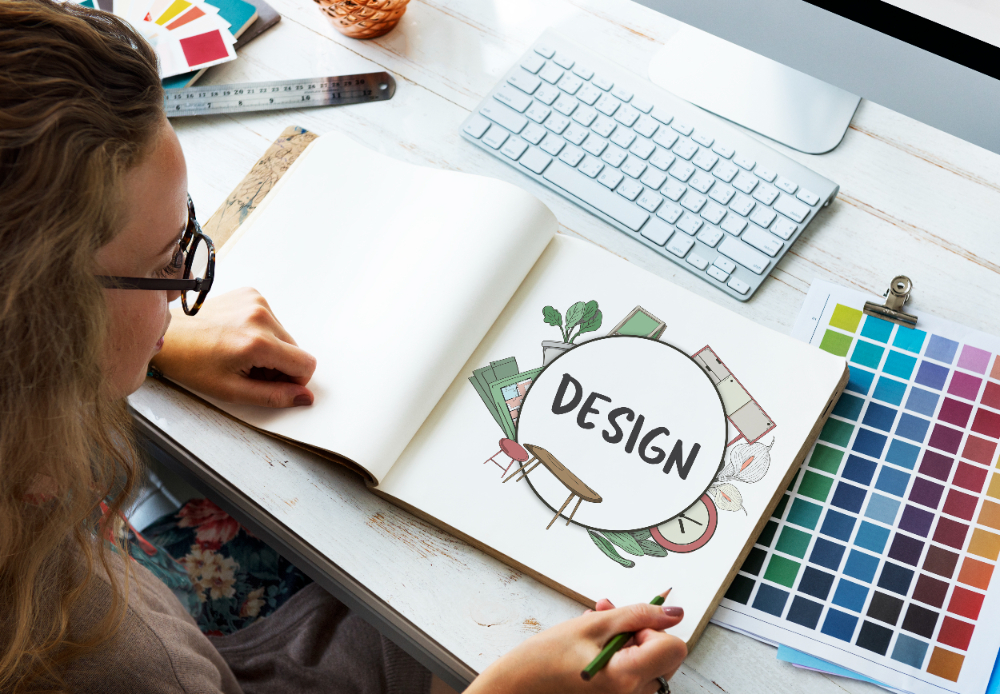
Typography is one of the most essential elements of design, yet it often goes unnoticed when done right. Effective typography guides readers, enhances visual appeal, and communicates the message clearly. For designers, mastering the basics of typography is critical to producing polished and impactful work.
1. Understanding Typeface and Font Families
The first step in mastering typography is knowing the difference between typefaces and fonts. A typeface is a design (e.g., Times New Roman), while a font is its variation (e.g., bold, italic, or light). Typefaces are grouped into families like serif, sans serif, script, and display fonts.
- Serif fonts (e.g., Garamond) are timeless and formal, ideal for print.
- Sans serif fonts (e.g., Helvetica) are modern and clean, often used for digital platforms.
- Script fonts add personality and elegance but must be used sparingly.
Choosing the right typeface depends on the context of the design. For example, a corporate brand may favor sans serifs for clarity, while a wedding invitation might feature script fonts.
2. Hierarchy and Readability
Typographic hierarchy ensures that readers focus on what’s most important. By manipulating size, weight, and spacing, designers guide the audience’s eye through content seamlessly.
- Use larger fonts for headings to grab attention.
- Subheadings should be prominent but not overpowering.
- Body text must prioritize readability with adequate line spacing and contrast.
Avoid clutter by limiting the number of fonts in a design—stick to two or three complementary typefaces for a clean layout.
3. Alignment and Spacing
Alignment determines the overall structure and balance of text. Options include left-align (most readable), center-align (best for short text), and justified text (formal but harder to read). Pay attention to:
- Kerning: Adjust spacing between individual letters to eliminate awkward gaps.
- Leading: Control line spacing to improve readability. Too little space can make the text dense, while too much creates disconnection.
- Tracking: Adjust overall spacing to impact the feel of the design.
4. The Power of Contrast
Contrast in typography—such as bold versus light or serif versus sans serif—creates visual interest and hierarchy. Pairing contrasting fonts can highlight key information without making the design overwhelming. For instance, pairing a bold headline with a thin body text creates balance.
5. Testing Across Mediums
Typography looks different on print and screen. Designers must test font readability across multiple platforms—mobile, desktop, or physical copies—to ensure the design is functional and appealing.
Typography isn’t just about choosing pretty fonts; it’s about creating a seamless experience for the reader. Master the basics, experiment thoughtfully, and your designs will convey both form and function beautifully.

